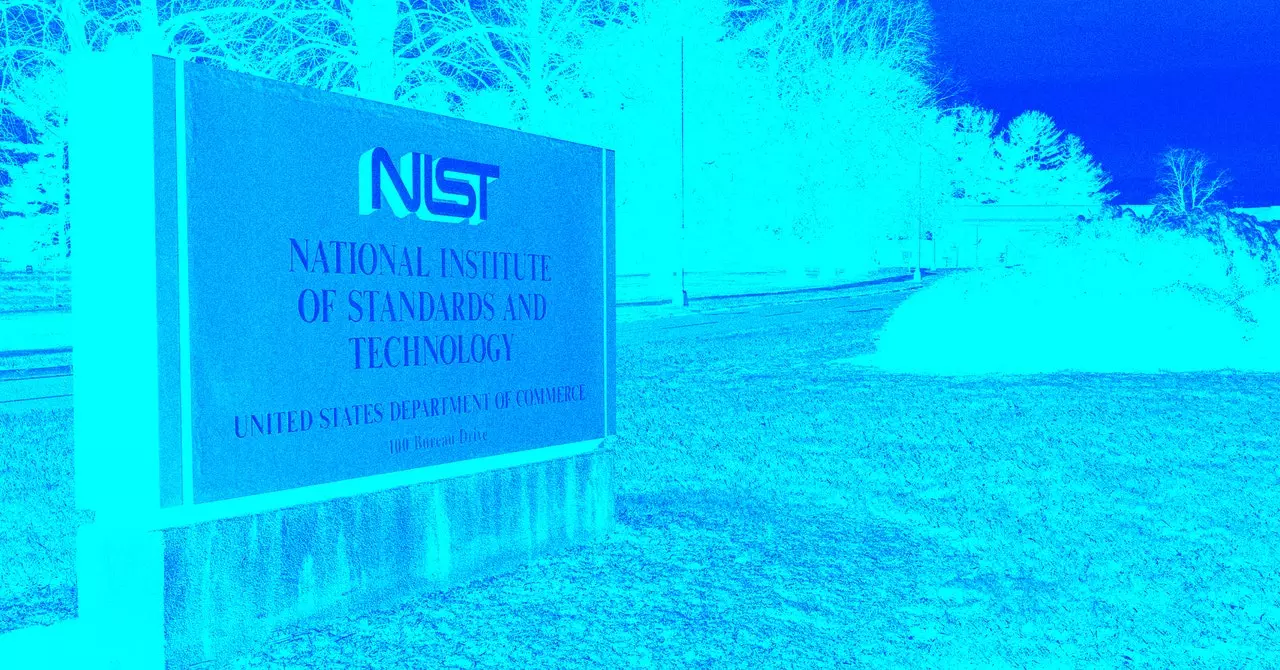The National Institute of Standards and Technology (NIST) finds itself navigating turbulent waters, facing a wave of potential layoffs and leadership shake-ups following sweeping directives from a newly-installed administration. As a crucial player in establishing safety benchmarks for diverse sectors—from beauty products to quantum technology—the implications of these developments extend far beyond the agency itself. With the Trump administration taking a decisive turn toward fiscal austerity, the agency is bracicling for an uncertain path ahead.
The Backdrop of Budget Cuts
Since President Donald Trump assumed office, NIST has been on high alert regarding impending budget cuts. An order from the White House aimed at slashing spending throughout the federal government, coupled with the involvement of controversial organizations like DOGE, has only intensified fears. Current and former employees expressed deep concerns, particularly after reports surfaced that DOGE personnel were spotted on campus, allegedly seeking access to NIST’s IT infrastructures.
This unsettling encounter raised suspicions about the agency’s future, with employees left to wonder whether their livelihoods were at stake. In turn, the already fraught atmosphere within the agency has prompted significant anxiety among staff members, especially regarding the fates of those in probationary status who can be released with greater ease.
Reports from reliable sources indicate that NIST is now informing employees of possible layoffs. The cutbacks could affect approximately 500 new hires, along with a number of seasoned experts who have only recently taken on leadership roles. The unsettling reality of job insecurity looms large, with three lab directors—a position that demands expertise and leadership—potentially in the firing line.
NIST’s support for various technological advancements, particularly in AI, has been a point of pride. However, as the winds of political change sweep through, the future of initiatives like the US AI Safety Institute (AISI)—established to ensure that AI advancements are safe and effective—hangs in the balance. The volatile nature of current AI governance is captured in the recent dissolution of former initiatives that had aimed to set regulatory standards, prompting skepticism on whether AI safety will remain a priority.
The Challenges of Leadership Instability
In recent weeks, NIST has witnessed the departure of key personnel, including Elizabeth Kelly, AISI’s inaugural director, and other prominent figures behind major AI-related projects. These exits are symptomatic of broader uncertainty within the agency, signaling a potential vacuum in leadership and direction. With a newly-appointed Vice President JD Vance indicating a deprioritization of AI safety during a prominent international summit, the message is clear: the focus of the administration has shifted considerably.
The ramifications of these changes cannot be overstated. The loss of experienced directors and their institutional knowledge raises concerns about NIST’s ability to effectively carry out its mission of ensuring technology safety in an increasingly complex landscape. Compounded with supervisory uncertainty, these changes threaten to undermine the critical work that NIST has strived to accomplish in regulating and fostering innovation.
As NIST prepares for these swift transformations, the narrative of the organization speaks to a crucial juncture in federal governance and regulatory oversight. The heavy toll of layoffs and diminished emphasis on vital safety standards in technology prompts a broader examination of the values guiding governmental institutions. It is imperative for lawmakers and agencies alike to prioritize approaches that not only promote innovation but also safeguard public welfare.
Moving forward, NIST must reconcile the new administration’s priorities with its fundamental mission. Establishing open lines of communication among leadership, staff, and relevant stakeholders will be paramount in navigating these challenges. A commitment towards collaborative efforts—bridging industry leaders and regulatory experts—is essential to adapt to a rapidly evolving technological landscape, ensuring that safety measures remain robust and effective.
The potential layoffs and leadership transitions at NIST reflect broader political shifts and the threat they pose to public welfare initiatives. As the institution braces for these changes, it stands at a crossroads, faced with the task of adapting to new priorities while maintaining its core mission. The agency’s future hinges not just on budget cuts but on its ability to engage with the complexities of modern technological challenges, fostering an environment where safety remains paramount. The stakes have never been higher, and vigilance is key in safeguarding the technological aspirations of the nation.


Leave a Reply